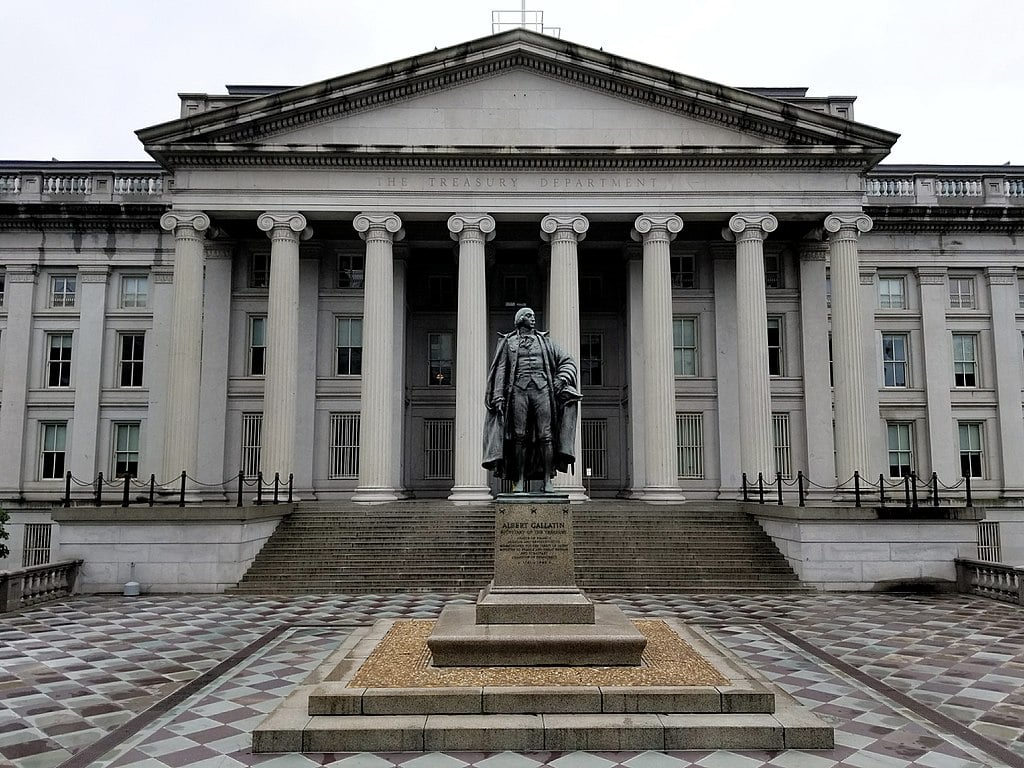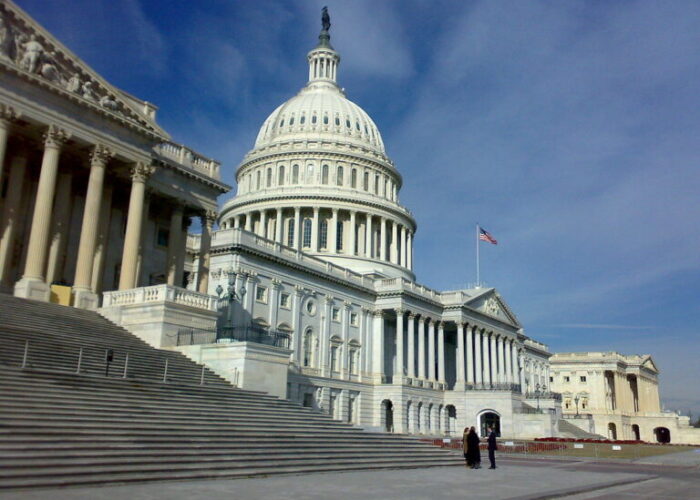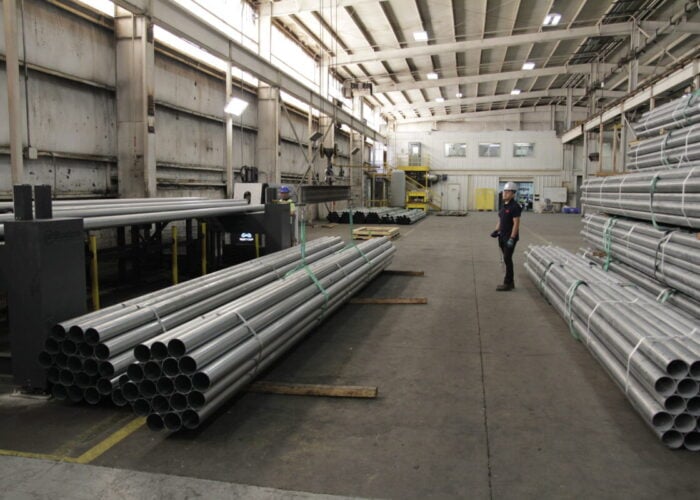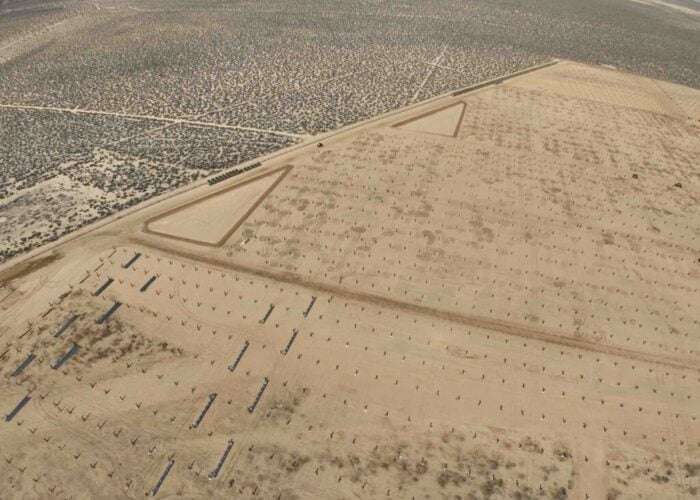
The US Department of the Treasury and the Internal Revenue Service (IRS) have released final rule for the Clean Electricity Investment and Production Tax Credits – also known as the technology-neutral credits.
The final rules issued on Tuesday (7 January) give more clarity and certainty about the technologies that would qualify for the credits, which includes solar PV among others. These will affect tax credits under sections 45Y (clean electricity production credit) and 48E (clean electricity investment credit).
Try Premium for just $1
- Full premium access for the first month at only $1
- Converts to an annual rate after 30 days unless cancelled
- Cancel anytime during the trial period
Premium Benefits
- Expert industry analysis and interviews
- Digital access to PV Tech Power journal
- Exclusive event discounts
Or get the full Premium subscription right away
Or continue reading this article for free
On top of existing technologies, the Clean Electricity Credits aims to encourage innovation for new zero-emissions technologies to develop over time, while providing durable incentives for companies to make investments in clean energy technologies that are already contributing to the clean energy investment and manufacturing boom.
The existing Production Tax Credit (PTC) and Investment Tax Credit (ITC) will be available to projects that began construction before 2025. Qualifying projects placed in service after December 31, 2024 will be eligible for the new Clean Electricity Credits.
Final rules for the technology-neutral tax credits can be accessed here.
In order to receive the full value of the credits, taxpayers must meet standards for paying prevailing wages and employing registered apprentices, helping ensure more clean energy jobs are good-paying jobs, and growing career opportunities for workers in the clean energy sector.
US Secretary of Energy, Jennifer M. Granholm, said: “Today’s final guidance helps provide clean energy producers the clarity needed to deploy more clean energy solutions at scale to drive down costs for more American families and deliver future-facing careers for America’s workforce.”
Industry reaction
“The SEMA Coalition has consistently argued that Congress intended that energy storage systems and energy generation systems, including solar, are separate qualified facilities under the tech neutral credits. This is a critical clarification needed to support American solar manufacturers and workers,” said Mike Carr, executive director of the Solar Energy Manufacturers for America (SEMA) Coalition.
“This final rule will tighten requirements in order to better support American solar manufacturers (and domestic battery cell production), particularly the critical component manufacturers, as project developers will increasingly need to ensure they use American modules with domestically manufactured components to qualify for the Domestic Content Bonus,” added Carr.
The technology-neutral tax credit will provide long-term policy certainty for companies to invest in US energy innovation, said Abigail Ross Hopper, president and CEO of the Solar Energy Industries Association (SEIA). Hopper highlighted that solar PV and storage will add over 200GW of grid capacity in the next five years and that the tax credit will be critical to drive investments in “American-made” energy projects, including solar PV which is “adding more capacity to the energy grid than any other fuel source”.
“Critically, this tax credit further incentivises solar and storage projects to use US-made components like solar modules, trackers, and batteries. Attempts to revoke these rules will only make it easier for China to win the race for global solar market dominance while killing American jobs and much needed economic opportunity.
“We urge lawmakers to protect these tax credits to drive job growth and continue to buildout American-made clean energy,” added Hopper.
Final rules to expand Clean Energy Investments and lower costs in Low-Income Communities
Furthermore, today (8 January) the Department of the Treasury and the IRS released final rules and procedural guidance for Section 48E(h) Clean Electricity Low-Income Communities Bonus Credit Amount Program.
The final rules will establish a programme that expands on the US$7.5 billion in clean energy investments in low-income communities and on Indian lands to date.
Allocated credits will provide an extra 10 to 20 percentage point boost on top of the 30% 48E ITC.
“Expanding the Clean Electricity Low-Income Communities Bonus Credit will help lower energy costs in communities that have been overlooked and left out for too long and empower developers to work alongside communities to provide tailored solutions to meet their energy and economic needs,” said U.S. Deputy Secretary of the Treasury Wally Adeyemo.
The next round of the programme is scheduled to open for applications on 16 January 2025 and close on 1 August 2025.
The new programme will allocate bonuses to 1.8GW of clean electricity generation serving low-income communities every year. It will run between 2025 until at least 2032.
In its second year of the 48(e) programme, over 57,000 applications total more than 1.9GW of clean energy generation were submitted.
More information regarding the split of capacity allotted to each category every year, can be accessed here.






